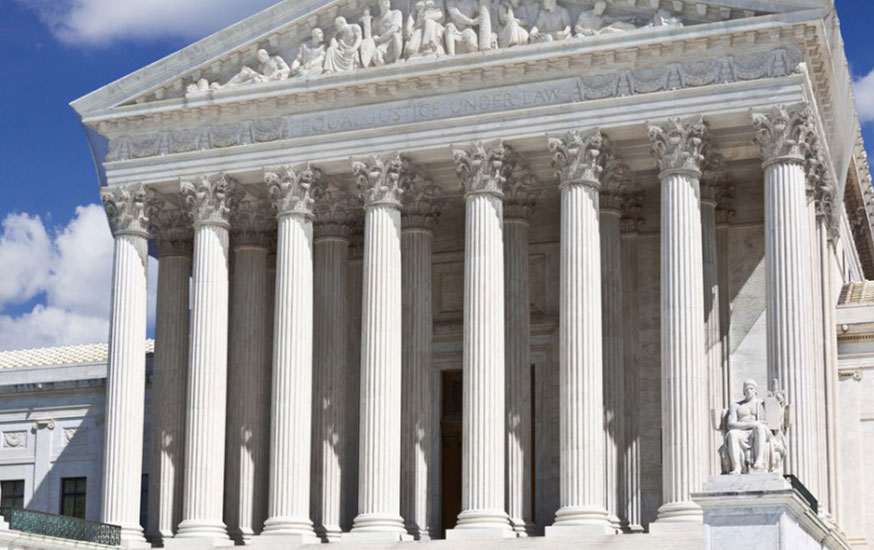As reported by FiercePharma here, the Supreme Court sided with biosimilar makers regarding the timing of notice to the innovator and agreed that the notice can be accomplished prior to FDA approval of the biosimilar application. Early notice could provide biosimilar applicants up to a 180-day earlier launch, meaning (obviously) a potentially earlier market entry (should everything go in their favor). In addition, the Court addressed the issue of full access to the sponsor’s biosimilar application.
Biosimilar approvals have not taken off as quickly as the industry or patients had hoped. In addition, the question of interchangeability still looms over the biosimilar industry, even with FDA guidance on the books. Uptake of biosimilars is slower than with most generic products that are granted an “A” therapeutic equivalence evaluation. In addition, many practitioners and patients alike are not as quick to demand the biosimilar version, a phenomenon seen in the early days of Hatch-Waxman, as practitioners had to get used to the new game in town with generics. Granted, with biosimilars, there may be more at risk, but so far we have not seen any evidence that there have been problems with the 4 approved products under the new biosimilars legislation.
While the Supreme Court’s ruling is good news for biosimilar manufacturers, we have recently seen some firms abandon their plans to pursue the biosimilar pathway. Is it too costly? Is it too complex? Will the key be interchangeability? Is the naming issue a stumbling block? (see post here and here). Only time will tell how this fledgling industry will grow.




